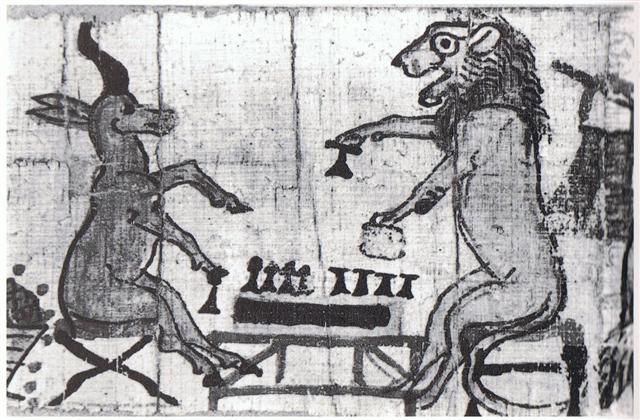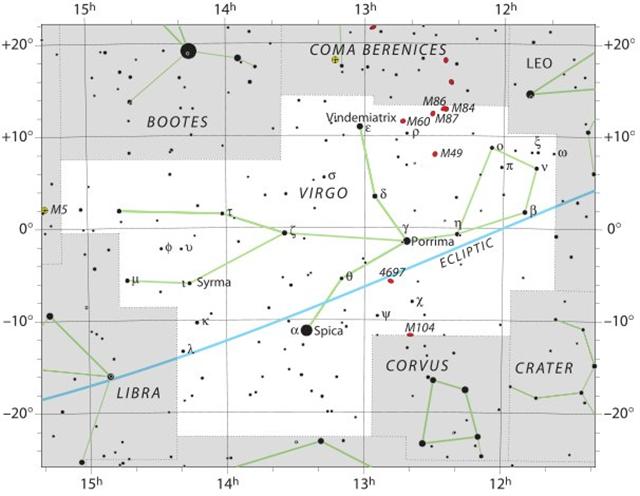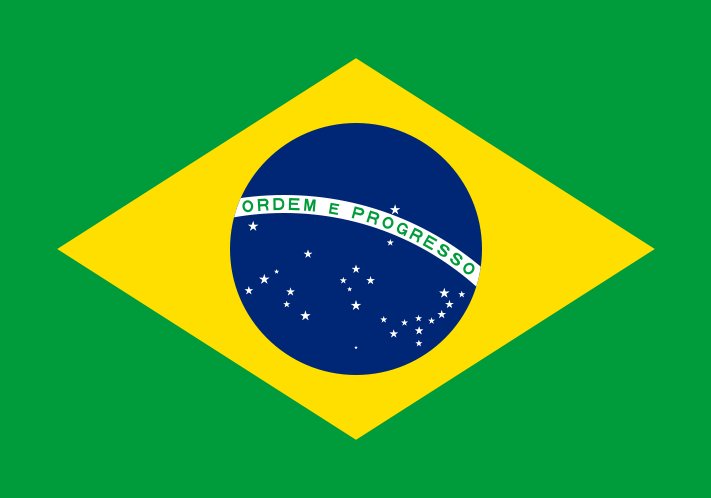In Kb4-5 henua takes on another appearance, it is no longer a straight shape. It was the first day beyond 14h 00m and there remained 151 days to 00h 00m. Counting Gregorian: 365 + 80 - 294 = 151 (May 31). Counting manzil: 151 - 136 = 15 (= Pleione 1).
Auva is the first manzil in the season (nawaa) Al Wasm, stretching for 4 * 13 = 52 days, i.e. stretching to Gregorian day 293 + 52 = 345 (= December 11):
The name Al Wasm looks like a misreading of Al Wazn (the Weight), while Auva refers to the 'barking dog': "The medieval names Auva, Al Awwa, and Minelauva are from the Arabic, meaning 'barking (dog)'. This star, along with β Vir (Zavijava), γ Vir (Porrima), η Vir (Zaniah) and ε Vir (Vindemiatrix), were Al Awwā, the Barker." (Wikipedia) "On Euphrates it was Lu Lim, the Gazelle, Goat, or Stag, - or perhaps King; and, with ε, probably Mas-tab-ba, another of the seven pairs of Twin-stars of that country. The Hindus called it Āpa, or Āpas, the Waters; and the Chinese, Tsze Seang, the Second Minister of State." (Allen) ... It makes sense: The one who plays against the Sun-eyed Lion is the soft-eyed Gazelle (Lu Lim):  "Gazelle is derived from the Arabic ġazāl.The first Latin language to adopt it was Middle French, and the word entered the English language around 1600 from the French. Arab people traditionally hunted the gazelle. Appreciated for its grace, it is a symbol most commonly associated in Arabic literature with female beauty. One of the traditional themes of Arabic love poetry involves comparing the gazelle with the beloved, and linguists theorize ghazal, the word for love poetry in Arabic, is related to the word for gazelle." (Wikipedia) ... But why should the 'dogs' be barking? This is still a mystery, but I can add a piece to the puzzle: "There is, however, a remarkable variant where it is said that he [Kullervo in Kalevala] was 'sent to Esthonia to bark under the fence; he barked one year, another one, a little from the third; three years he barked at the smith of his uncle, at the wife (or servant) of the smith as his daughter-in-law' ... (Hamlet's Mill)  The 'fence' could to be placed at Thuban, in which case it should refer to the polar circle in the sky. All important Virgo stars are rising earlier than Thuban (and 14h is similar to a fortnight on a grander scale). Another - more probable - possibility is that this fence refers to the ecliptic path of Sun and the other planets. Spica is inside (south of the border) but the Barker stars are outside. Seen from a position south of the equator, as for instance in Brazil, inside becomes outside and vice versa. Now the Auva stars will bark from the other side of the fence:
| ||||||||||||||||||||||||||||||||||||||||||||||||||||||||||||||||||||||||||||||||||||||||||||||||||||||||||||||||||||||||||||||||||||||||||||||||||||||||||||||||||||||||||||||||||||||||||||||||








